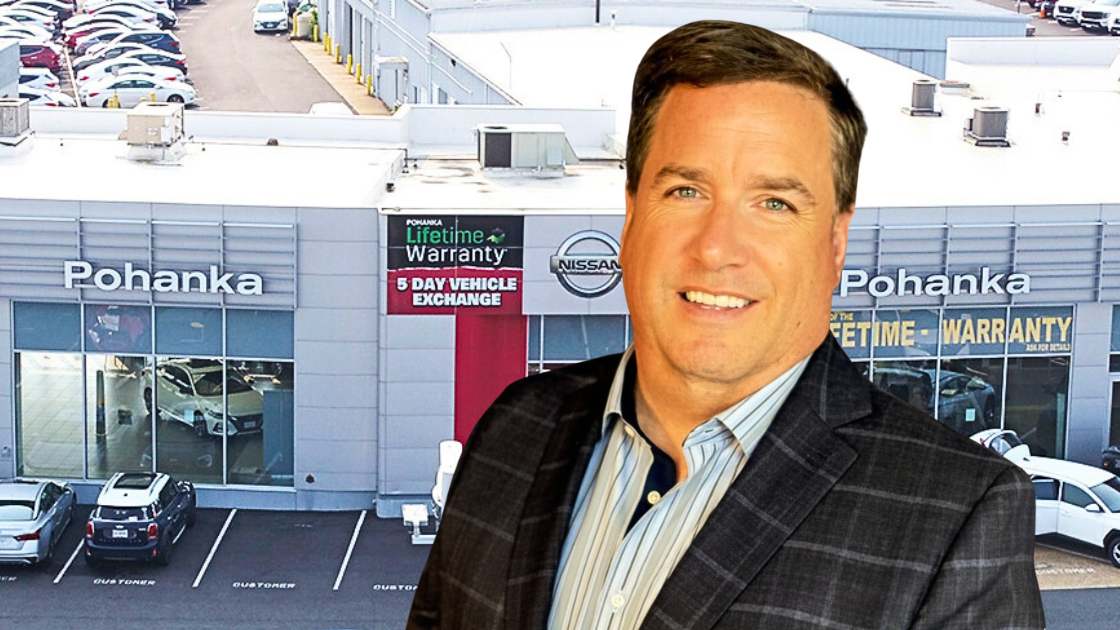GM’s $GM ( ▲ 0.05% ) $4 billion investment into U.S. manufacturing is part of a rebalancing plan to better position the company to shifting marketing dynamics, including tariffs and the slower adoption of EVs.
First things first: The investment is centered on three major facilities—GM’s Orion Assembly in Michigan, the company’s Fairfax Assembly in Kansas, and the automaker’s Spring Hill Manufacturing plant in Tennessee:
Convert the Orion plant into a facility better utilized for gas-powered full-size SUVs and dedicate the Factory Zero plant to the Chevrolet Silverado EV, GMC Sierra EV, Cadillac Escalade IQ, and GMC Hummer EV pickup and SUV.
Use the Fairfax plant to manufacture ICE (internal combustion engine) vehicles and EVs on the same production line—with a focus on the gas-powered Chevrolet Equinox beginning in mid-2027 and the 2027 Chevrolet Bolt EV by the end of 2025.
The Spring Hill plant will manufacture ICE vehicles and EVs as well—adding production of the gas-powered Chevrolet Blazer in 2027, alongside the Cadillac LYRIQ and VISTIQ EVs, and the Cadillac XT5.
The production changes will result in over two million vehicles being produced in America for the U.S. market.
What they’re saying: “It's not a capacity increase because we want to maintain that same inventory discipline that we've maintained. But it does give us the flexibility to respond to growing demand from our customers because we're really excited about the share gains that we've continued to accrue over the last few years…” said Paul Jacobson, CFO of GM, via (Yahoo Finance).
And while other automakers are raising prices to offset tariffs, GM is holding the line.
"We don't want to use tariffs as an excuse for pricing," Jacobson said. "Our pricing strategy has been very different than our competitors."
And it's working. GM gained market share despite less discounting than competitors—"somewhat unprecedented in the history of the industry," according to Jacobson.
Between the lines: Jacobson added that the automaker is rebalancing some aspects of its manufacturing to mitigate the more immediate impact of the levies—with the company expecting its peak tariffs exposure and impact to be in Q2 like:
Increasing the line rate at the Fort Wayne plant to produce 50,000 more trucks
And optimizing where the company’s imports and exports are located overall
“We learned a lot of valuable lessons about our flexibility and cost management in COVID…This is very different than COVID because (during) COVID, people weren't going to dealerships to buy vehicles. Today, they're going to dealerships, and they want our vehicles—and we need to be there to be able to produce it.”
Bottom line: GM’s manufacturing investment is a strategic pivot to manage tariff risk, slow EV demand, and shifting consumer preferences—enabling the company to respond to rapid market changes while improving its manufacturing operations for the long term.
A quick word from our partner
CarGurus Listings packages now come with data-driven reports tailored to your unique strategy and local market.
Backed by insights from over 40 million monthly visits to the #1 car shopping site¹, you’ll get actionable recommendations that help drive real results.
Maximize visibility with custom pricing guidance based on local shopper behavior
Increase margin by identifying when you can raise prices without reducing visibility
Move inventory faster with acquisition recommendations grounded in local demand
Don’t wait – dealers using our deal rating report have seen up to a 42% increase in daily VDP views².
Sources: 1. Similarweb, Traffic Report (Cars.com, Autotrader, TrueCar, CARFAX Listings (defined as CARFAX Total visits minus Vehicle History Reports traffic), Q1'25, USA. 2. CarGurus analysis of US dealers that changed a vehicle price based on NBDR recommendations compared to vehicles without an NBDR- informed price change from Nov 2023 through Dec 2024.

OUTSMART THE CAR MARKET IN 5 MINUTES A WEEK
No-BS insights, built for car dealers. Free, fast, and trusted by 55,000+ car dealers.












